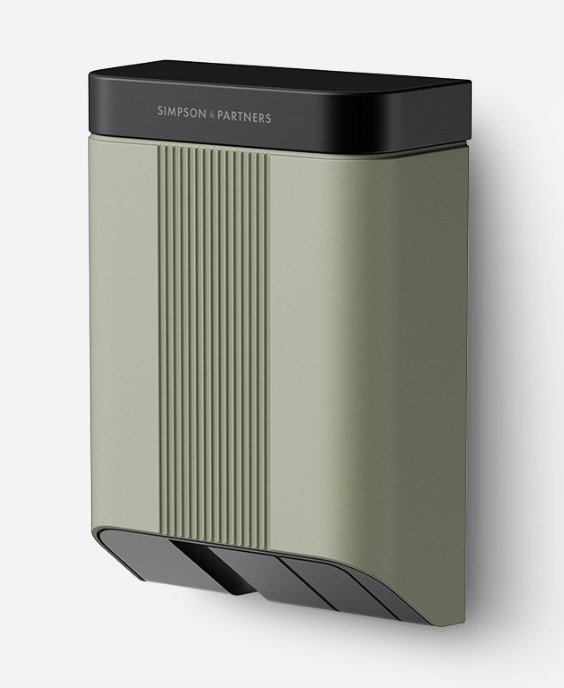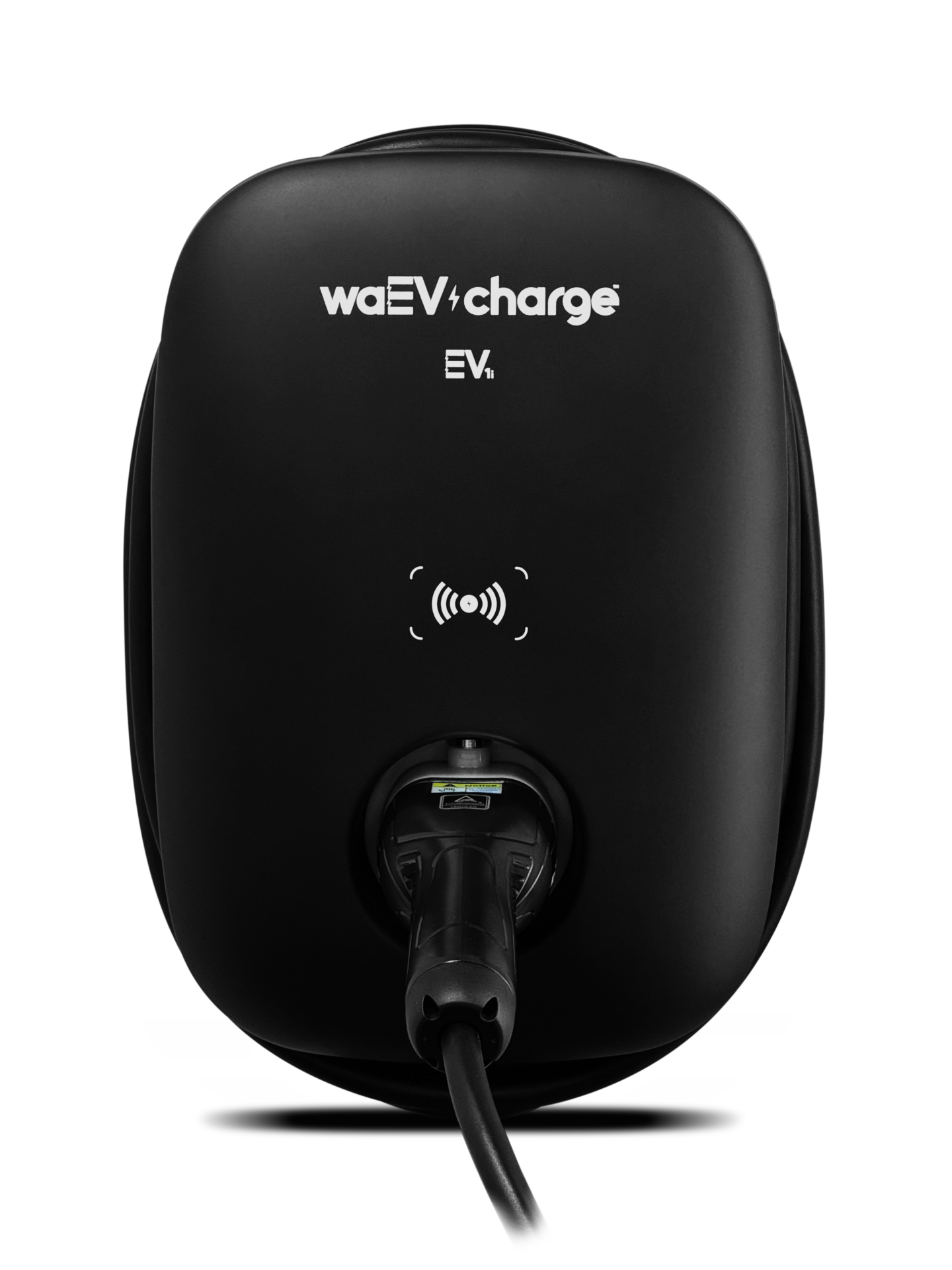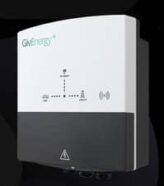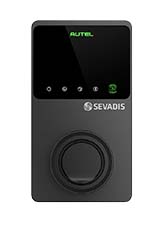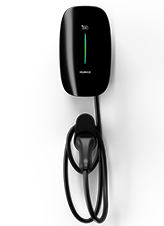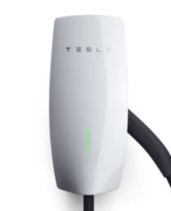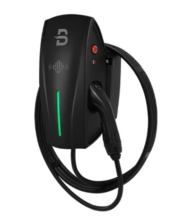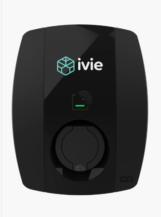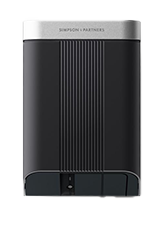For the first time Octopus Energy is offering a vehicle-to-grid (V2G) EV tariff guaranteeing free charging for electric vehicle owners who sell the power from their cars’ batteries back to the grid during peak hours.
The Octopus Power Pack is the first tariff of its kind on offer in the UK that schedules V2G charging and exporting, allowing owners to export their power back to their neighbourhoods when the grid needs a top-up.
Using the new tariff EV owner will be able to tell Octopus how much power is needed, then it will automatically schedule charging when energy is greenest, and then take power back when the grid needs it.
It works alongside customers’ usual import tariff and is effectively an add-on tariff. Owners will continue at their existing tariff for home energy use but the EV charging will be free.
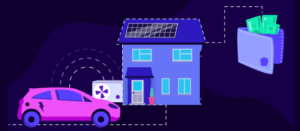 As a result, Octopus said the Octopus Power Pack tariff will save EV owners who drive 10,000 miles per year more than £850 annually.
As a result, Octopus said the Octopus Power Pack tariff will save EV owners who drive 10,000 miles per year more than £850 annually.
There are some criteria that need to be met to support the grid and benefit from this offer of free charging, however. Drivers must charge less than 333kWh per month – equivalent to approximately 1,200 miles of EV driving – and stay plugged in at home for at least 12 hours.
Vehicle-to-grid (V2G) or bidirectional charging has long been seen as a technology with the potential to help balance power grids by using millions of EVs as batteries on wheels that would provide power back to grids when they need it most.
Octopus says it works with ‘most’ tariffs, but sadly not with Tracker, Agile Outgoing (import or export), or its Intelligent tariffs. Customers who are on those tariffs will need to switch before joining Octopus Power Pack.
Although this is good news for EV owners the tariff is restricted to just a handful of vehicles that are CHAdeMO compatible and capable of discharging. The tariff currently works with the Nissan LEAF, Nissan e-NV200 and the Mitsubishi Outlander PHEV, but Octopus says it is currently working to make it compatible with more vehicles.
Octopus stresses that the expandability of the scheme relies on the OEMs integrating bidirectional charging into their models. Tesla plans to bring the ability to its vehicles in 2025, while Hyundai and Kia are two big players also planning to support the solution.
Owners who already expert with Octopus energy will continue to get paid for kWh they generate with solar panels or battery and export to the grid at their usual export rate.
Though one criticism of V2G is drivers being left short of charge on spontaneous journeys, Octopus Energy will allow customers to set a minimum state of charge – though this must be set to no more than 30%.

